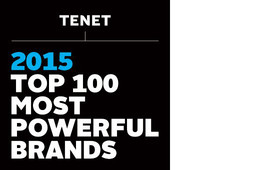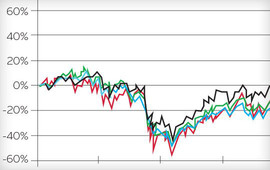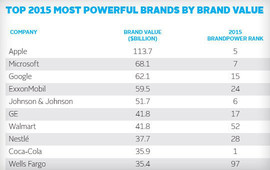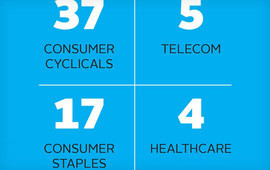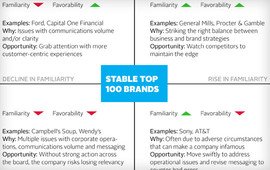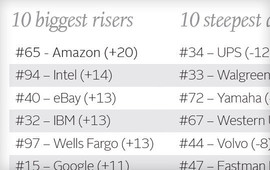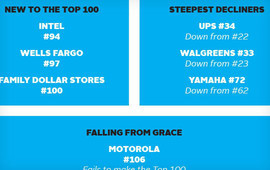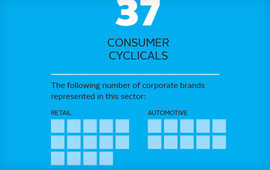BrandPower and Brand Equity Valuation: Complementary metrics
The corporate brand is one of a company’s most precious assets. It can be one of the greatest levers in building brand value. Beyond just building name recognition and reputation, a powerful brand is an accelerator – of growth, influence, and innovation. A powerful brand not only drives economic value, but also serves as the glue between a company’s actual business strategy and the ways in which it wins the minds and hearts of consumers. It is this power that the brand holds that ultimately determines whether people will buy its products and invest in the company.
BrandPower is a unique and useful quantitative measure of brand strength. It is, however, just one way of looking at brand performance. The more traditional view of a brand’s monetary value also has its place. When both are considered, it is possible to get a more complete, contextual view of a brand. We collect BrandPower data on such a large scale that it can produce information comparable to other key financial fundamentals. This solid foundation of data allows us to accurately generate a variety of useful metrics, such as Brand Equity Valuation and Communications Return-on-Investment.
BrandPower, through its Familiarity and Favorability metrics, enables prescriptive analysis of the brand for diagnostic purposes. This allows executives to assess strengths and weaknesses of the brand and identify where greater attention is needed. This information helps our clients to manage communications to enhance brand performance.
Brand Equity Valuation is the output of CoreBrand Analytics’ market value model. This unique valuation approach uses BrandPower in the context of the company’s financial statistics to determine how much of the company’s market capitalization can be assigned directly to the brand – typically 5 to 7 percent.
CoreBrand Analytics Brand Equity Valuation produces two numbers: percentage of market capitalization attributable to the brand and the corresponding dollar value.
- Percentage tells the people responsible for building the brand how hard that brand is working to build value for the company. As this measure rises and falls, the brand becomes more or less of a contributor to a company’s success. This is an ideal number for a company’s KPI dashboard and a measure of brand performance in the context of overall financial health.
- Dollar value helps communicate the brand’s asset value to senior leadership and other constituencies, ensuring that the brand is properly accounted for in M&A activity, royalty and licensing cases and other reporting vehicles.
Used in conjunction, Brand Equity Valuation and BrandPower help brand managers and senior executives identify the monetary contribution of the brand and uncover prescriptive insights to unlock its full potential.
This knowledge allows Tenet Partners to bring our full analytic and brand strategy resources to bear. With a complete picture of BrandPower and Brand Equity Valuation, we can predict valuation growth, model ROI, and inform strategic decision-making for our clients.
For more information on how we determine BrandPower and Brand Equity Valuation, see our Frequently Asked Questions.
